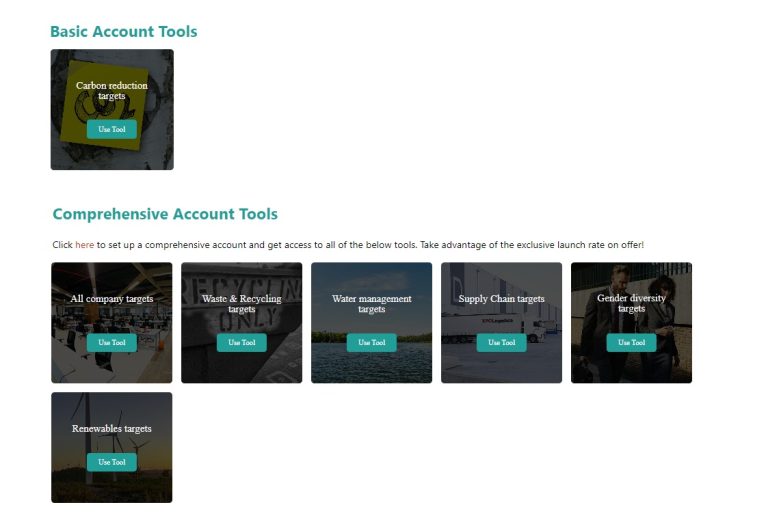When assessing a company’s ESG goals, don’t just focus on a lofty end-goal or aspiration. While many companies may have appealing ambitions for 2040 or beyond, not all have clear transition plans.
It is hence critical to know how a company intends to reach its goals. What intermediate milestones have been set? How much progress is expected during the coming 5 years, i.e. the likely tenure of many of the current senior management team?
Companies are not always keen to provide such goals. Particularly as these can constrain operational flexibility. Yet not having any shorter term expectations at all may make longer term aspirations seem like fairy tales.
Also, these short term goals may not always be met. When this occurs, it is important to understand the context for the management falling short. There can be valid external and internal reasons for this. Unexpected external shocks can make them challenging to reach – such as most recently the covid pandemic or the war in Ukraine. Or a firm itself may go through shifts in its profile, for instance through acquisitions or divestments.
And these goals aren’t always linear. There can be valid reasons for non-linear developments, such as time required to adjust production processes or develop new, more sustainable technologies. A fully backended trajectory can of course be challenged – is it really realistic that all progress will happen in the final few years?
ESGRoadmap is the ideal tool for helping you assess a firm’s plan for reaching its goal. It shows all future goals that a firm has set and communicated, allowing you to chart an expected trajectory. And by giving the source information for each goal, we allow you to read up further on the company’s implementation plan. Why it has elected for specific shorter term goals.
Would you like more ESG analytical advice? Then subscribe to our newsletter (see bottom of the contact us page).


